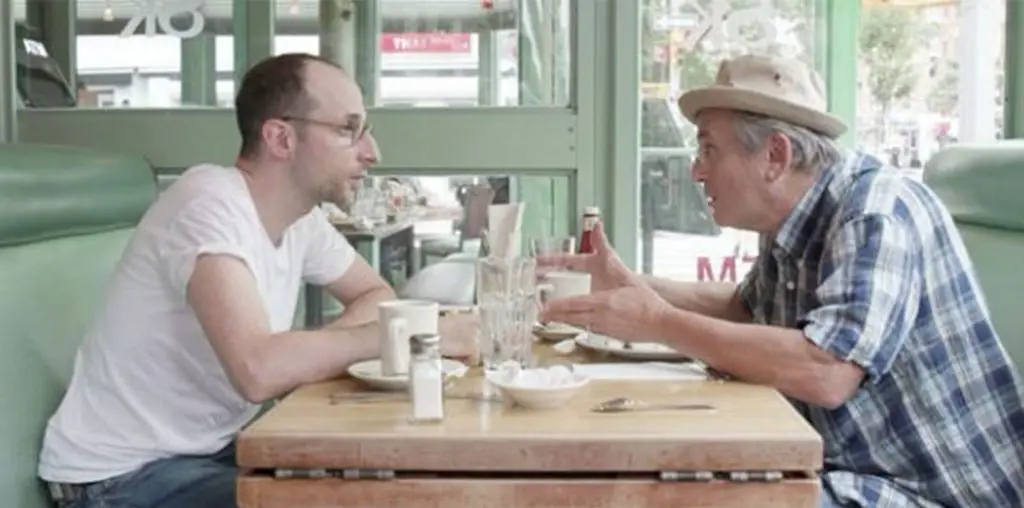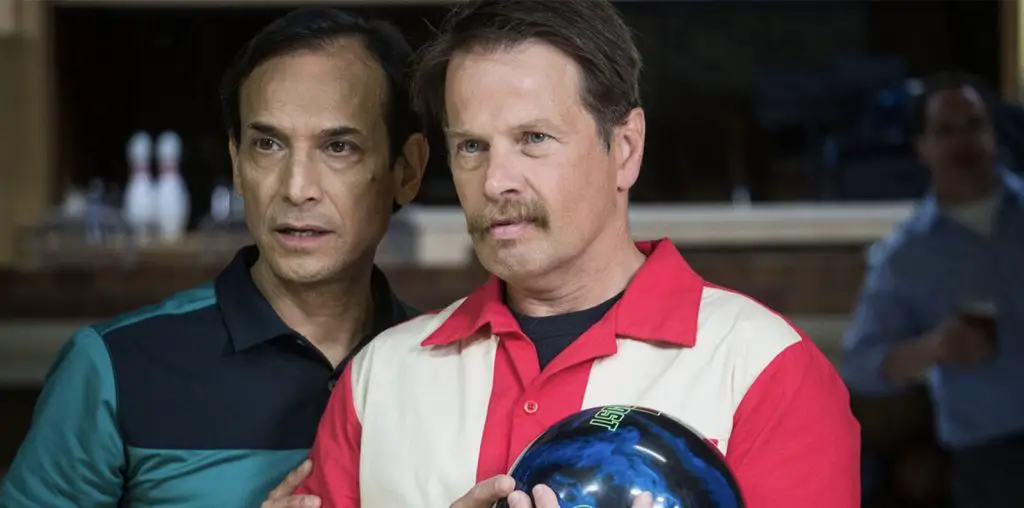
Since Billingham is a photographer, the visual aspects of this film are beautifully transformative and tell a lot of the story that can’t be expressed in words. It also doesn’t hurt that Daniel Landin, whose previous credits include Under the Skin and Sexy Beast, is the cinematographer. The flat in the film is an almost identical replication of Billingham’s childhood home, filled with knick-knacks and animals of all sorts.
Ella Smith, as Liz, morphs into the strongest force in the entire film. As they’ve aged, Ray has receded into himself in a single room where all he does is drink his home-brewed liquor, Liz has moved on and only talks to Ray when she needs money. Liz almost always seems miserable, like she believes if it weren’t for Ray or her kids, she would be doing something bigger and better. Smith expertly conveys that underlying sense of contempt. Millard-Lloyd brings a believable rebellious nature to Jason. As he searches for something better than the ramshackle hand he has been dealt in life, one can always feel his true intentions.

“…the visual aspects of this film are beautifully transformative…”
The film also has a great soundtrack, including a hilarious use of Siouxsie and the Banshees’ “Happy House” and Fine Young Cannibals’ “Good Thing.” The soundtrack also lets us know that we’re in Thatcher-Era Britain, which, if you know anything about English history, was not a good time for anyone, especially poor people.
The film is not the feel-good movie of the year by any stretch of the imagination, but it is a perfect fictionalized portrait of Billingham’s family, for better or worse. It has a lot of similarities with other slice-of-life portrayals of poor weirdoes such as Harmony Korine’s Gummo or Giuseppe Andrews’ Touch Me in the Morning. Though Ray & Liz is much more subdued, and true-to-life than those two, and therefore will probably (hopefully) receive more critical acclaim.

"…slice-of-life portrayal of poor weirdoes..."


